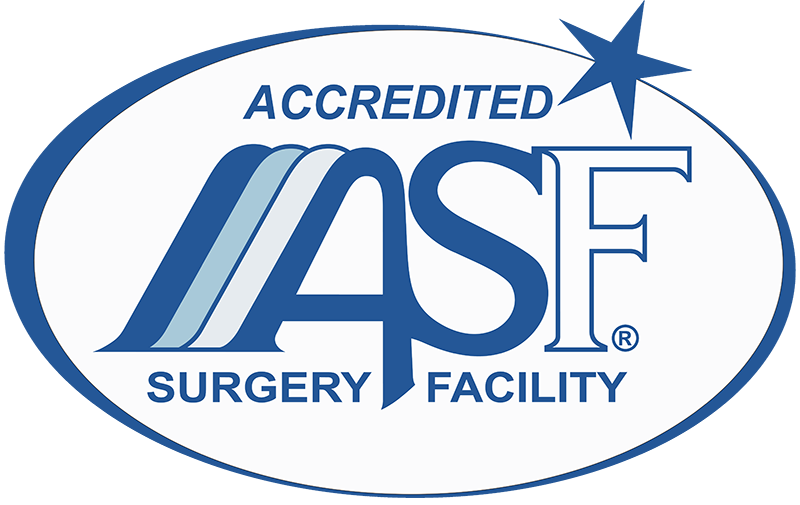Aortic Dissection
The aorta, the main vessel that carries blood from your heart to the rest of your body, is made of 3 layers like . An aortic dissection is a tear that occurs between the innermost and middle layers of the aorta. Both men and women are affected.
CAN BE HARMLESS, SERIOUS OR LIFE-THREATENING
An aortic dissection may be harmless although, this is not always the case.
• Aortic dissections can compromise blood flow to your kidneys, liver, bowels and legs. This condition is called malperfusion and can cause kidney failure, paralysis and a lack of blood flow to the legs.
• Aortic dissections can also cause your aorta to rupture, which may lead to life-threatening bleeding.
Diagnosis
SEE A VASCULAR SURGEON
If you or someone in your family has Ehlers-Danlos Syndrome, Marfans Syndrome or Loews-Deitz Syndrome, see a vascular surgeon to be evaluated for aortic dissection. You will be asked questions about symptoms and medical history, including questions about family members. The vascular surgeon will also perform a physical exam.
TESTS MAY BE RECOMMENDED
Diagnosis can be made via several different types of imaging tests. These can include an ultrasound of the heart (an echocardiogram or echo), MRI and CT scan. A CT scan with intravenous contrast is considered the gold standard.
Treatments
The physician team may include a vascular surgeon, cardiologist and a cardiac surgeon. Treatment of aortic dissections depends on the type of dissection.
Type A (ascending) dissections involve the aorta in the front of the chest, right next to the heart.
Emergency treatment is required because a heart attack is possible.
Usually, treatment is traditional surgery involving opening the chest and repairing and/or replacing the torn aorta.
Type B (descending) dissections occur in the aorta elsewhere in the chest and abdomen.
If you have no symptoms, you may not need treatment.
If the dissection is chronic, it may cause an enlargement (aneurysm) of the aorta. Depending on the circumstances, minimally invasive stent grafts or open surgery can be required.
If you are experiencing a lack of blood flow to an organ or a limb or bleeding, emergency treatment is needed. Usually, treatment is an endovascular stent graft, a minimally invasive procedure to reline the torn aorta and repair the dissection.
Patients recover well from treatment of aortic dissections. When minimally invasive techniques are used, recovery can be quite fast. Traditional surgery can require longer recovery times.
Symptoms
MAY BE ABSENT
You may experience no symptoms and learn you have an aortic dissection in the process of being tested for other reasons.
CHEST OR BACK PAIN
If you experience chest or back pain, see your doctor. If the pain is severe, go immediately to an emergency room. Although, most chest and back pain is not due to aortic dissection, this condition can be very serious and can lead to severe illness or death.
Causes
High blood pressure, cocaine use, smoking and some genetic connective tissue disorders make dissections more likely to occur.
Staying Healthy
To minimize the risk of an aortic dissection:
Have your blood pressure tested regularly.
If you have high blood pressure, follow your doctor’s instructions for managing it.
Avoid use of recreational drugs.
If you don’t smoke, don’t start.
If you do smoke, ask your vascular surgeon to help you find a smoking cessation program that will work for you.


